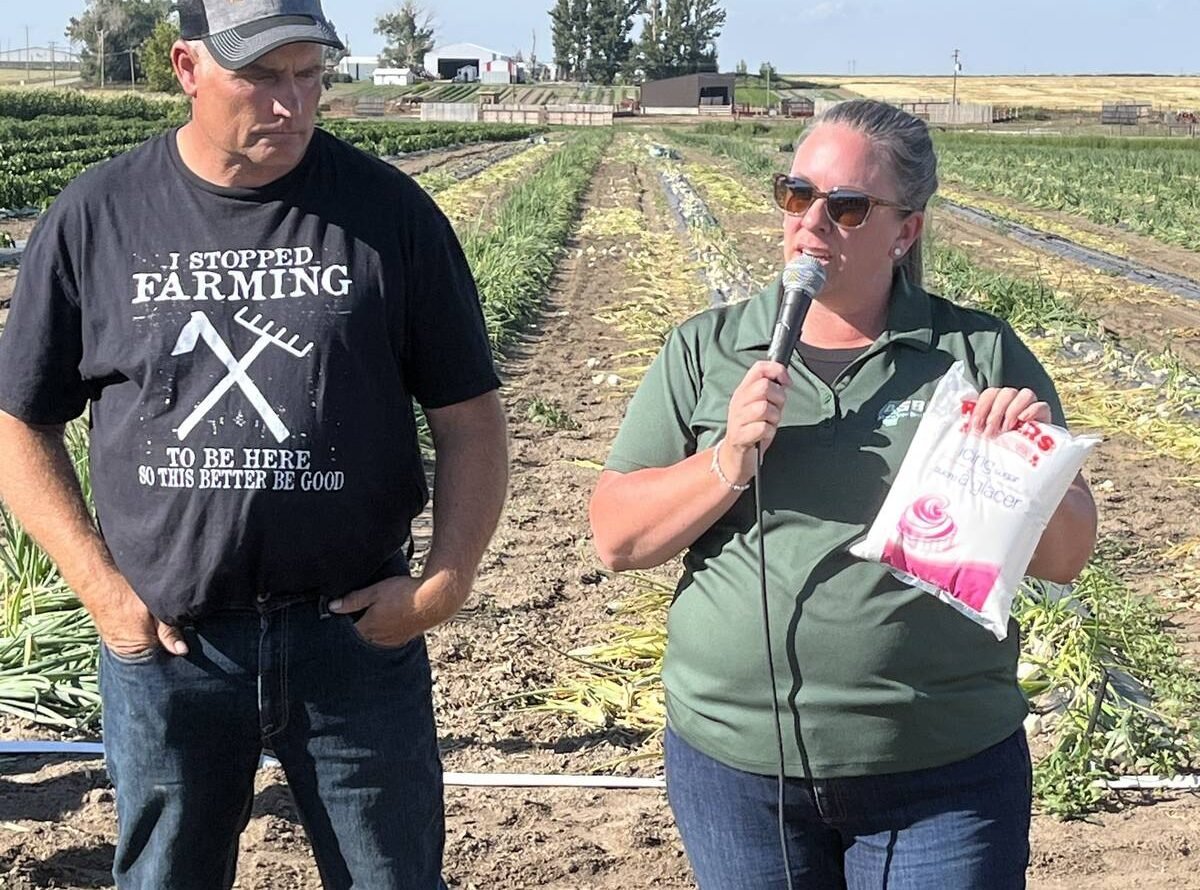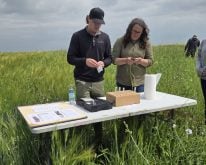Research and trade were front and centre when the House of Commons finance committee touched down in Saskatoon last week.
The committee is touring the country as it gathers public input on what should be in next year’s federal budget.
Crop Life Canada and Grain Growers of Canada were two of the groups to appear at the committee’s Saskatoon meeting Oct. 27.
They asked the federal government to boost trade negotiations, reduce trade barriers and reinvest money from royalties derived from successful Agriculture Canada innovations into current research.
Read Also

Alberta’s beets a sweet domestic segment in Canada’s sugar supply
The sugar beet industry is showcased during a Farm to Table tour, as Taber features the last remaining sugar beet processing plant in all of Canada.
“Our industry is strongly supportive of all efforts by the Government of Canada to open global markets and pursue trade agreements that will allow Canada’s agricultural sector to grow,” said Dennis Prouse of Crop Life Canada.
He asked the government to pursue changes in three key areas:
• Continue to negotiate and eventually implement the Canadian- European Union Comprehensive Economic and Trade Agreement.
Canada and the EU have completed the eighth round of negotiations, and the negotiating text is at an advanced stage, with a number of chapters completed.
• Aggressively pursue new trade with other major trading partners.
• Finish the work of the Red Tape Reduction Commission, which was formed to reduce governmental regulatory barriers between Canada and the United States. “The Red Tape Reduction Commission holds great promise for improving efficiency and fostering innovation, but only if every department and agency is held accountable for addressing the recommendations made to it,” said Prouse.
Prouse also proposed the government set clear marks for success in the work of the Regulatory Co-operation Council.
Todd Hames of Grain Growers of Canada lobbied for changes in how the government uses royalty income that Agriculture Canada earns from successful innovations.
“In the absence of increased direct federal contributions… the federal government should lock in the current Ag Canada research budget where it is today and then tie it to inflation,” Hames said.
“The government should allow all royalty streams generated by Ag Canada discoveries to be added onto the current research budget.”
He said it would be the easiest way to increase Agriculture Canada’s research budget because the royalties paid by the private sector will increase the funding.
The change would encourage federal scientists to research more areas that cater to the interest of farmers, food processors and other industry stakeholders, he added.
“Today, this would put between five and six million additional dollars into research each year.”














